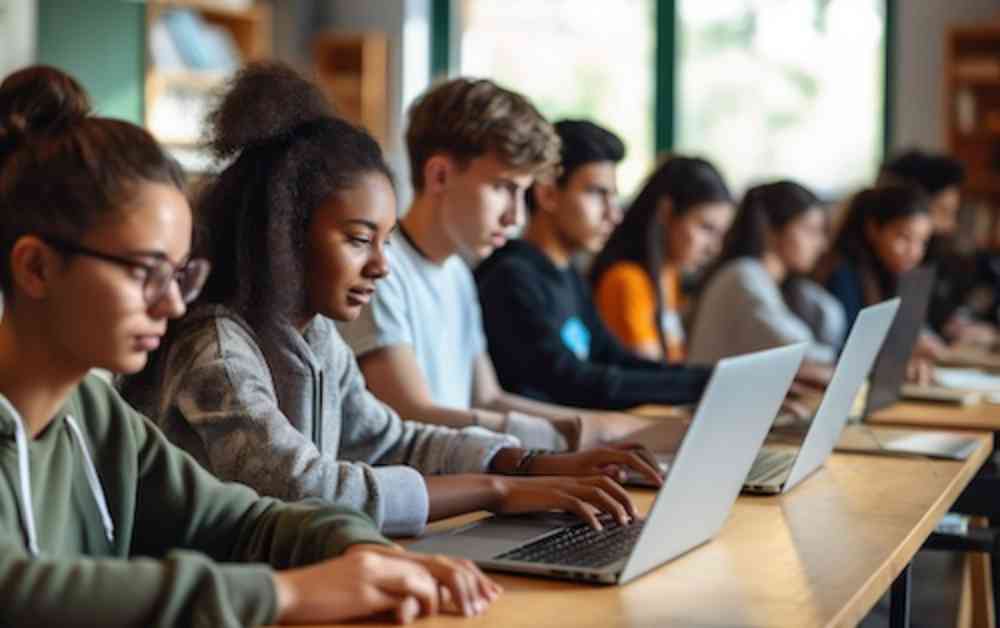Technology plays a significant role in the daily lives of students, including neurodivergent students. From watching videos to collaborating in class chats, technology is used for various purposes. However, as a paraeducator, I have observed that the basic use of technology in the classroom can create barriers for neurodivergent students, especially those struggling with executive functions.
In order to help these students overcome these challenges, I have been working on finding successful strategies and sharing them with teachers. By having open conversations with students and explaining the reasons behind using certain technologies, we can help them adapt and benefit from these tools. It is essential to ensure that the use of technology is done in a way that respects students’ privacy and helps them improve their academic performance.
One of the ways I have adapted technology for neurodivergent students is by using private chat tools for group projects. Many students with neurodivergent conditions find it challenging to connect and communicate with their peers, especially in group settings. By providing support through private chats, I can encourage these students to participate actively and collaborate with their classmates.
Additionally, technology can be used to check for understanding without causing disruptions in the classroom. Messaging back and forth in a private chat allows students to ask questions and seek clarification without drawing attention to themselves. This method helps students feel more comfortable and confident in their learning process.
Transitions can be particularly difficult for neurodivergent students, such as those with ADHD or autism. Using technology to monitor devices and provide gentle reminders can help make transitions smoother and more manageable for these students. By offering support and guidance through technology, we can assist students in staying focused and on task.
Furthermore, it is important to consider students’ agency when using technology to support their learning. By creating physical distance and allowing students to work independently while still providing assistance when needed, we can empower them to take ownership of their education. This approach helps prevent students from becoming overly dependent on educators and fosters a sense of autonomy and self-reliance.
Overall, the use of technology in education can be a powerful tool for empowering neurodivergent students and helping them succeed academically. By implementing thoughtful strategies and adapting technology to meet the unique needs of these students, we can create an inclusive learning environment where all students can thrive. It is crucial for educators to continue exploring innovative ways to support neurodivergent students and ensure they receive the help they need to reach their full potential.







